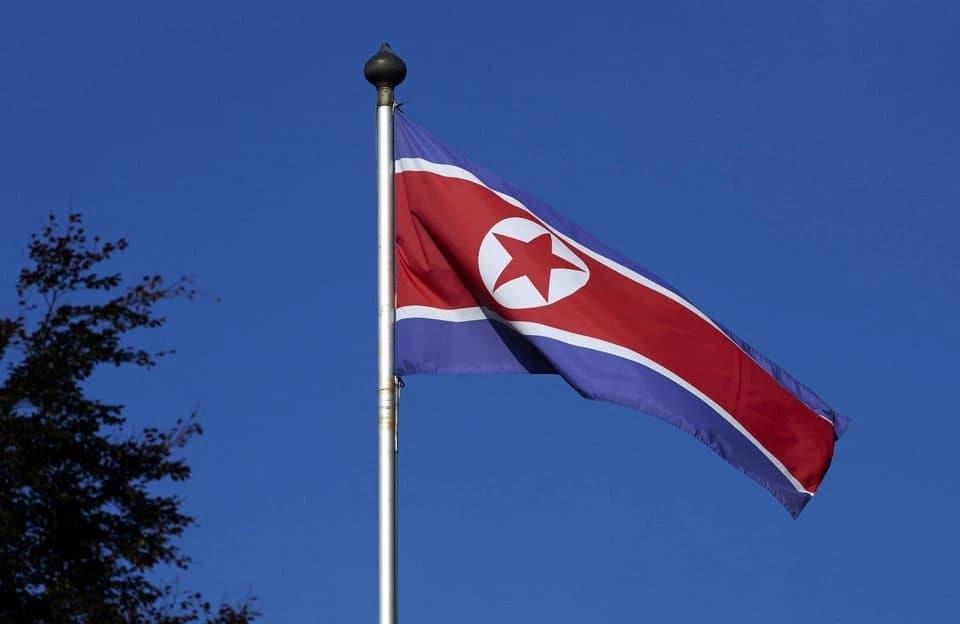SEOUL, Sept 13 (Reuters) - North Korea carried out successful tests of a new long-range cruise missile over the weekend, state media said on Monday, seen by analysts as possiblythe country's first such weapon with a nuclear capability.
The missiles are "a strategic weapon of great significance" and flew 1,500 km (930 miles) before hitting their targets and falling into the country's territorial waters during the tests held on Saturday and Sunday, KCNA said.
The latest test highlighted steady progress in Pyongyang's weapons programme amid a gridlock over talks aimed at dismantling the North's nuclear and ballistic missile programmes in return for U.S. sanctions relief. The talks have stalled since 2019.
"This would be the first cruise missile in North Korea to be explicitly designated a 'strategic' role," said Ankit Panda, a senior fellow at the U.S.-based Carnegie Endowment for International Peace. "This is a common euphemism for nuclear-capable system."
It is unclear whether North Korea has mastered the technology needed to build warheads small enough to be carried on a cruise missile, but leader Kim Jong Un said earlier this year that developing smaller bombs is a top goal.
South Korea's military did not disclose whether it had detected the tests, but said on Monday it was conducting a detailed analysis in cooperation with the United States.
Rodong Sinmun, the ruling Workers' Party's official newspaper, ran photos of the new long-range cruise missile flying and being fired from a transporter-erector-launcher.
The test provides "strategic significance of possessing another effective deterrence means for more reliably guaranteeing the security of our state and strongly containing the military manoeuvres of the hostile forces," KCNA said.
"In this course, detailed tests of missile parts, scores of engine ground thrust tests, various flight tests, control and guidance tests, warhead power tests etc. were conducted with success."
It was seen as the North's first missile launch after it tested a new tactical short-range ballistic missile in March. North Korea also conducted a cruise missile test just hours after U.S. President Joe Biden took office in late January.
North Korea's cruise missiles usually generate less interest than ballistic missiles because they are not explicitly banned under U.N. Nations Security Council Resolutions.
"That's not because ballistic missiles are somehow more threatening than cruise missiles," Jeffrey Lewis, a missile researcher at the James Martin Center for Nonproliferation Studies, said on Twitter. "It's because the architects of the resolutions lacked the imagination of Kim Jong Un and his Academy of Defense Sciences."


